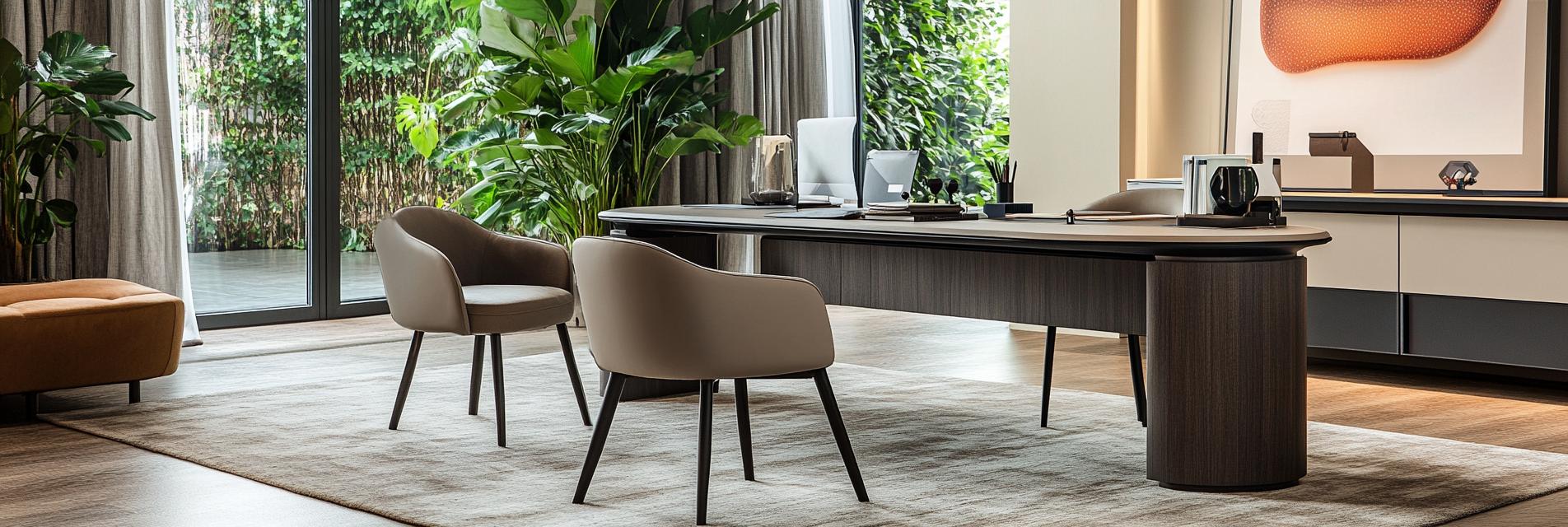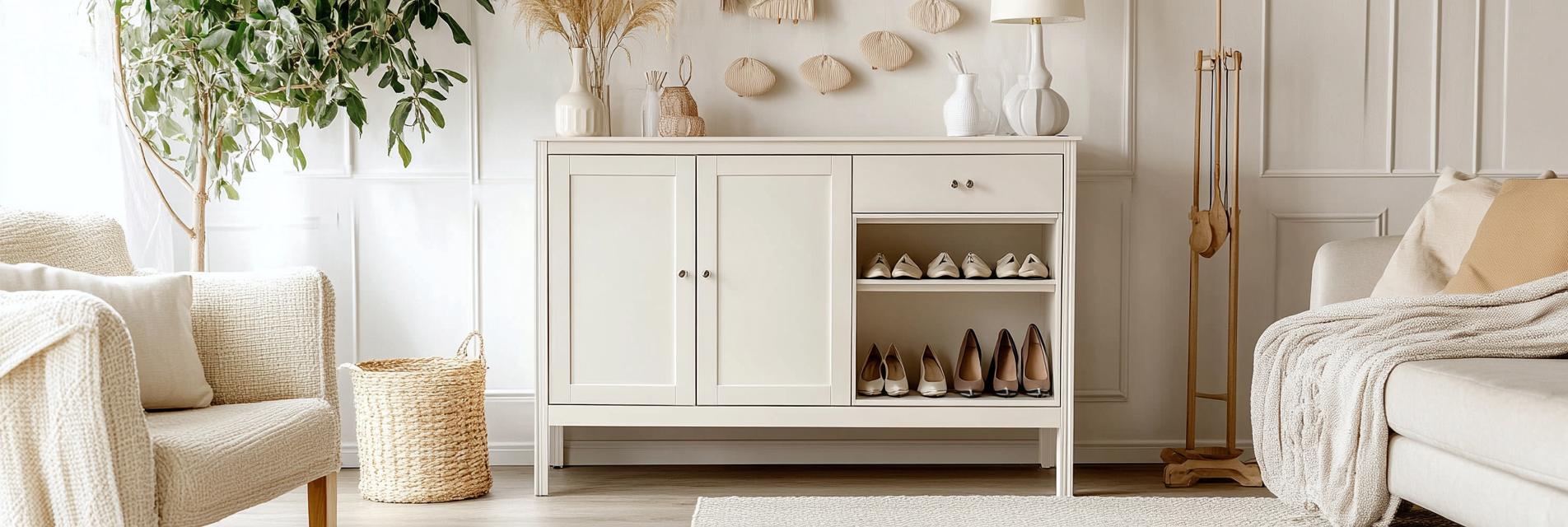
In this article, we'll focus on moisture-proofing, cleaning, and scratch repair of wooden furniture, offering practical solutions to help you extend the lifespan of your beloved wooden pieces.
Wooden furniture is not only a functional item but also a decorative element in your home. However, it is vulnerable to moisture, dirt, and scratches. Proper maintenance is crucial to keep it in good condition and extend its service life. Let's start by exploring some effective moisture-proofing methods.
One of the key factors in protecting wooden furniture from moisture is to control the indoor humidity. The ideal humidity level for wooden furniture is between 30% and 50%. You can use a hygrometer to monitor the humidity and take appropriate measures. For example, in a humid environment, you can use a dehumidifier to reduce the moisture in the air. According to a study, using a dehumidifier can reduce indoor humidity by up to 20%.
Another simple yet effective way is to use moisture-absorbing products like desiccant boxes. Place them near the wooden furniture, especially in areas prone to moisture, such as basements or near windows. These desiccant boxes can absorb excess moisture and keep the air around the furniture dry.

Cleaning wooden furniture is also an important part of maintenance. Different types of wood may require different cleaning methods and products. For example, for solid wood furniture, you can use a mild wood cleaner and a soft cloth. Gently wipe the surface in the direction of the wood grain to avoid scratching. Here is a simple table showing the recommended cleaning products for different wood types:
| Wood Type | Recommended Cleaning Product |
|---|---|
| Solid Wood | Mild Wood Cleaner |
| Veneer Wood | Lemon Oil Cleaner |
| Plywood | All-purpose Cleaner |
Scratches on wooden furniture are inevitable, but you can minimize their visibility with some simple techniques. One common method is to use wood wax oil. Apply a small amount of wood wax oil to the scratched area and rub it gently with a soft cloth. This can help fill in the scratch and restore the shine of the wood. Another option is to use a walnut. Rub the walnut on the scratch, and the natural oils in the walnut can help reduce the appearance of the scratch.

Let's take a look at some real-life examples to see how these methods work. Mr. Smith, a homeowner, had a beautiful solid wood dining table. Due to the high humidity in his area, the table started to show signs of moisture damage. He followed our advice and used a dehumidifier and desiccant boxes. After a few weeks, the table's condition improved significantly. Another example is Ms. Johnson, who accidentally scratched her veneer wood coffee table. She used wood wax oil to repair the scratch, and now the scratch is hardly noticeable.
In conclusion, proper maintenance of wooden furniture, including moisture-proofing, cleaning, and scratch repair, is essential for extending its lifespan. By following the methods and techniques mentioned in this article, you can keep your wooden furniture looking new and beautiful for years to come. So, start taking care of your wooden furniture today!
.png)
If you have any questions or need more advice on wooden furniture maintenance, feel free to leave a comment below. We're here to help you make the most of your wooden furniture!











